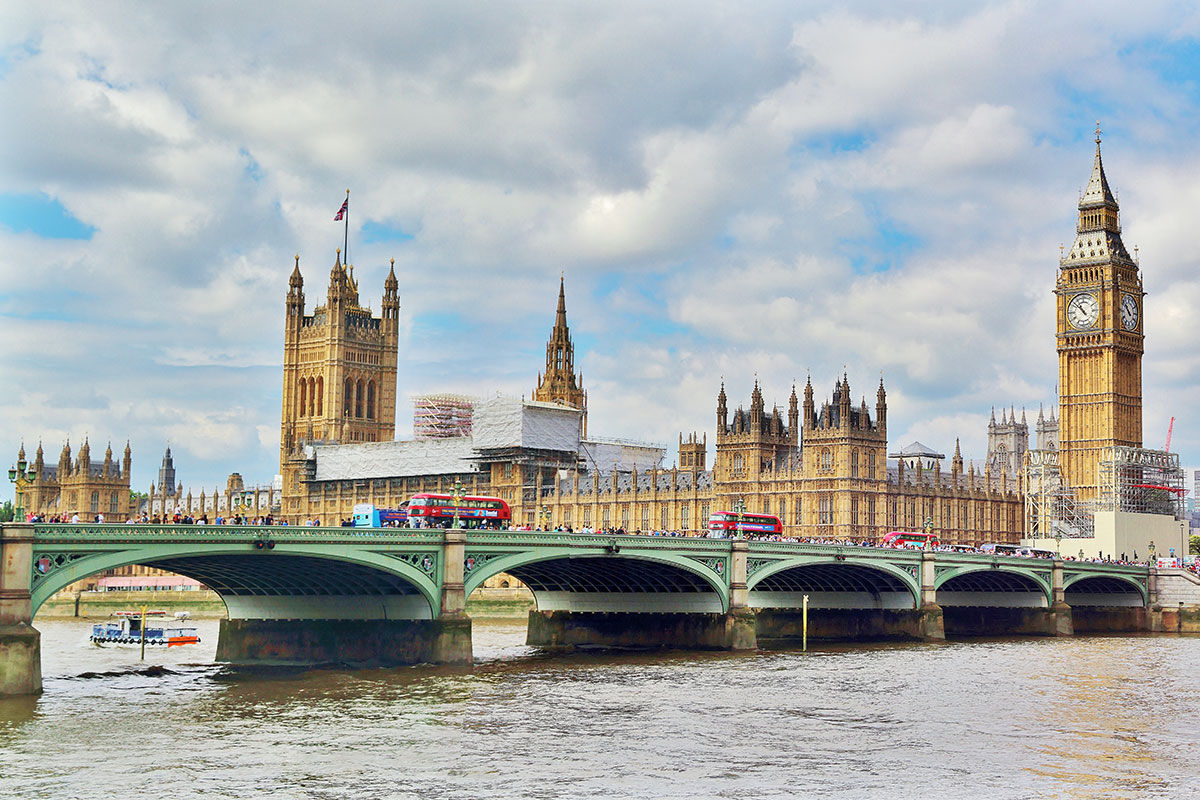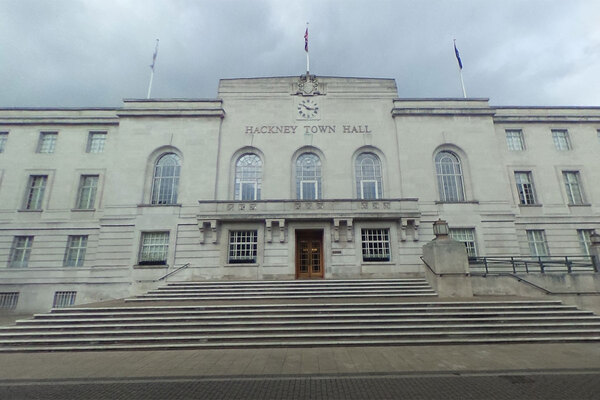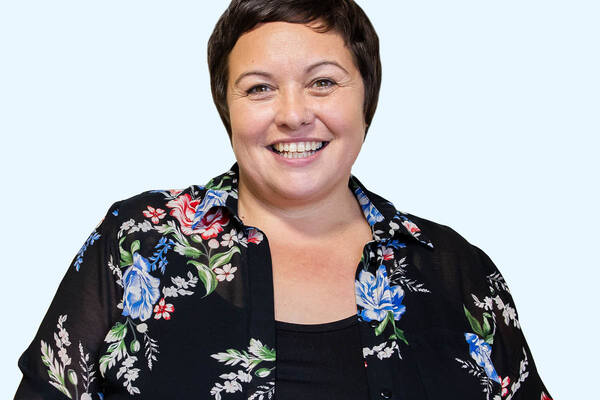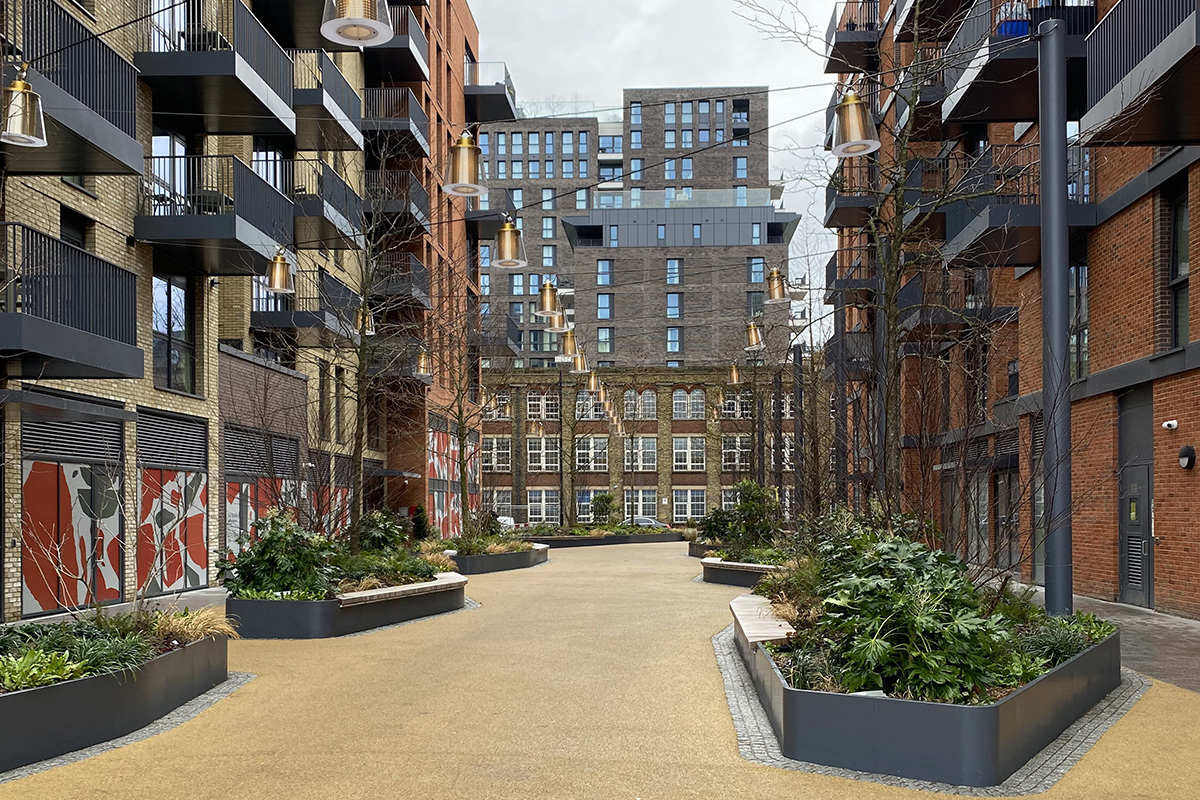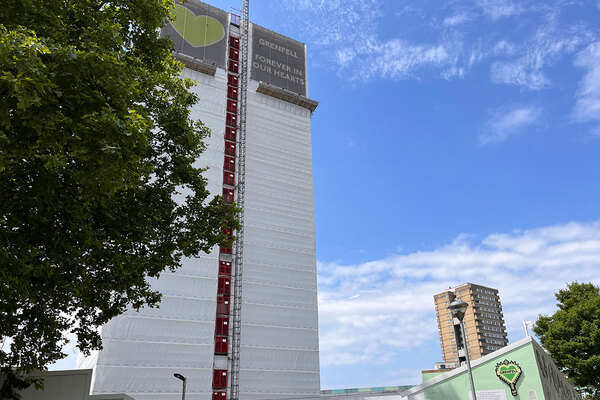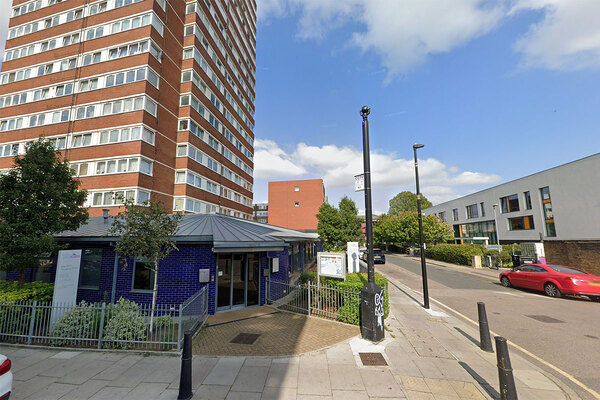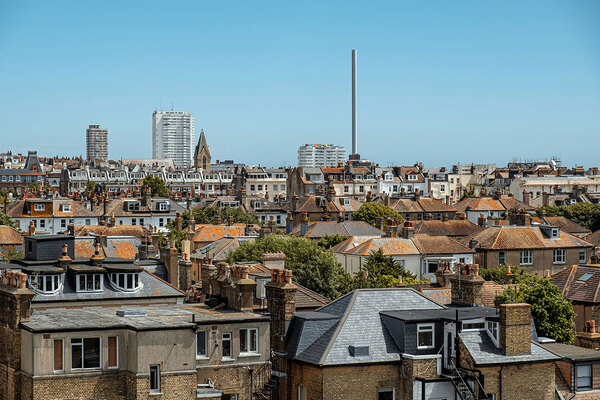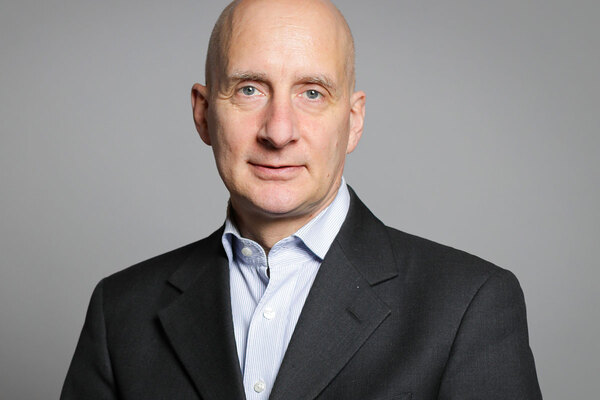The council with a plan to house disabled residents and cut social care spending
Haringey Council has pledged that 10% of its new build programme will be bespoke homes designed specifically for disabled people or those with medical needs. Jess McCabe visits to find out more
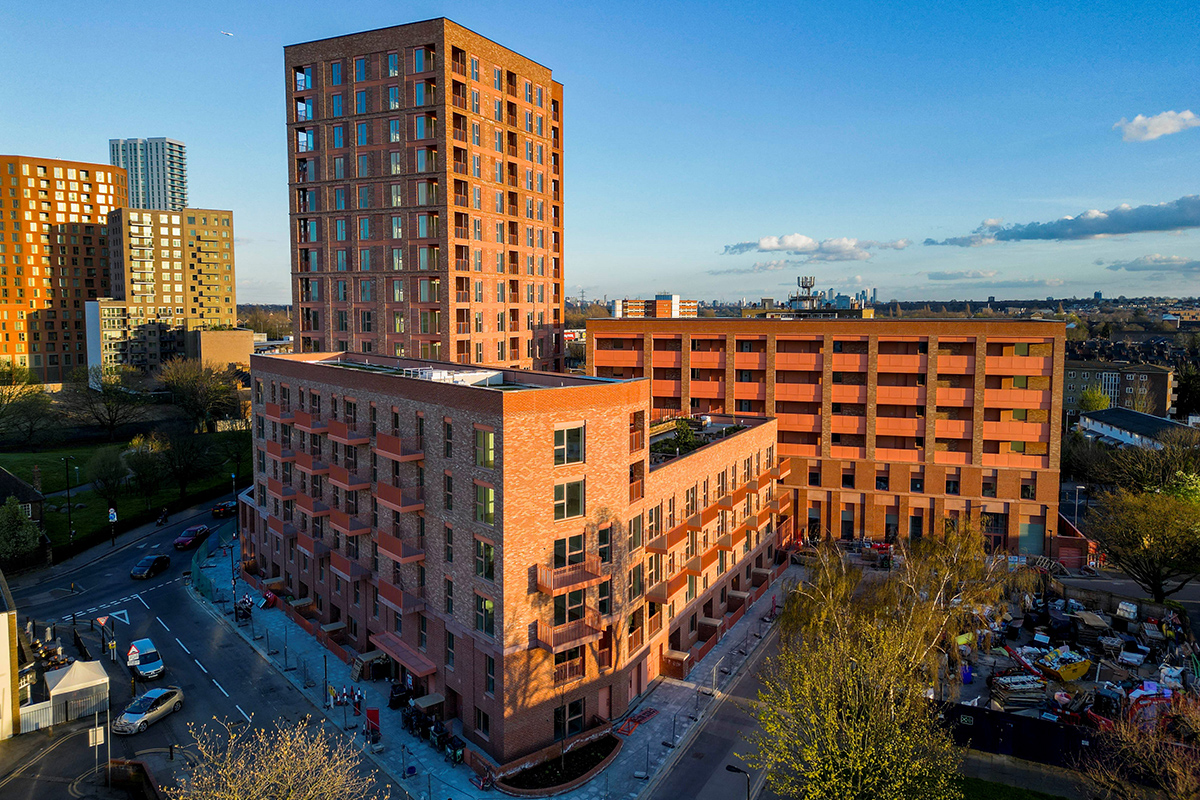

Shan Mohamoud is eager to show Inside Housing around her impeccably clean and tidy flat in Tottenham Hale. The rooms are so pristine that it is hard to believe she lives here with her family of six children and a cat.
Until two years ago, Ms Mohamoud’s living situation was very different. The family was crammed into a three-bedroom house across two storeys. This was particularly difficult because her youngest daughter, Mawaddah, aged 11, has global developmental delay, which means she needs round-the-clock care.
“I had to [carry her] up and down the stairs; she can’t walk at all. She was big, heavy. My back was damaged,” Ms Mohamoud says.
Ms Mohamoud’s family is one of hundreds to benefit from Haringey Council’s bespoke housing programme. The north London council is setting aside 10% of its 3,000-home new build programme to accommodate residents who need homes specially designed for their disabilities or medical needs. Out of the 300 bespoke homes targeted by the council, 57 will have been handed over to residents by September. There are another 40 under construction, and work will start on another 50 in 2024-25.
So what is bespoke housing? How is Haringey making the numbers stack up? Could this be a model for the rest of the country? When Inside Housing visited to find out more, we found building sidings and construction sites on all sides – evidence of how the council and other developers are quickly transforming the area.
The need for more accessible housing for disabled people is clear. In North Northamptonshire, 11-year-old Kyra Whitmell’s story prompted national headlines in August last year after a Channel 4 investigation found she had been stuck in hospital for 10 months. She was medically ready to go home after a few weeks, but no adapted home could be found. Hers was an extreme story, but disabled people commonly face such challenges.
Around 20,000 people on local authority waiting lists are in need of a wheelchair-accessible home, according to research carried out by specialist housing provider Habinteg, in 2022. Another 104,000 were waiting for an otherwise accessible or adapted home. Yet only a small number of new build homes are required to meet basic accessibility requirements, let alone be suitable for people with complex needs.
At the same time, councils are spending a fortune on social care. In some cases, those bills are higher because inaccessible housing is stopping disabled residents from living independently.
The idea for Haringey’s bespoke housing came from Shereen Gordon-Tennant, housing delivery project manager, after she transferred to the housing development team four years ago as part of the council’s programme to develop internal talent.
Robbie Erbmann, assistant director of housing at Haringey, says: “Shereen previously worked in disability and social care at the council, and she came over to our team to train as a development manager.”
‘Life-changing difference’
What a bespoke home looks like depends on the circumstances of the resident. For Ms Mohamoud, this meant what would have been two flats on the ground floor were combined into one. An open-plan kitchen area was enclosed. Her daughter also has a specialist wet room and the council has provided a specialist bed, on the recommendation of an occupational therapist. Mawaddah can use the bed without fear of falling out.
“I really appreciate [it], because before I was so stressed every time I went to the toilet [or] shower,” Ms Mohamoud says. In their old house, she had to keep an eye on Mawaddah 24 hours a day, as the home was not set up for her safety.
A short walk away, the Rosa Luxemburg apartments are another Haringey block under development. Out of 103 council rent flats, 17 are designed for disabled residents through the bespoke housing programme.
We take a lift up to one of these flats. Jack Goulde, interim head of housing development, points out that it is big enough for a wheelchair, and the majority – 75% – of the council’s entire development programme is designed to be accessible, if not bespoke to residents’ specific needs. The rest are houses, which are harder to make accessible, because of stairs, “although we are designing a three-bedroom house specifically for one family with a through-floor lift between the living room and the bedroom”, he adds.
We step into one of the newly finished flats, which has floor-to-ceiling windows with glorious views over north London. The team points out more developments the council has under way. The flat is not much different to any other new build, but the hallway and doorways are wider, with a wheelchair user’s turning circle in mind. The bathroom is standard, but has been designed so it can be replaced with a wet room.
“We work with occupational therapists, so that when [residents] move in, they get fit-for-purpose accommodation. The life-changing difference that makes is huge. It enables people to live independently who might otherwise have had to live in a more institutional setting,” says Mr Goulde.
How are residents chosen for this housing? “We have a Band A [on the waiting list], which are those who are the most medically vulnerable. The allocations team is in touch with all of those several hundred people on a regular basis, so they know whose needs are most critical,” he explains.
“Then we sit carefully with them and we match as far as we can. It’s not just a two or three-bedroom flat [we’re looking for]. It’s location: for doctor’s surgeries, children’s schools, family support, wider support, social services. It’s a complex matrix for each individual, because for people with complex needs, everything’s complicated.”
The cost of a bespoke home can’t be pinned down precisely, the council says, as each home will be different. A home in Tottenham Hale recently designed for a resident with “extremely complex physical and intellectual needs” cost £35,000 in addition to the cost of building the home, Mr Goulde says.
Mr Erbmann points out that the care costs associated with housing someone in unsuitable and inaccessible housing could easily exceed that in just one year.
Ruth Gordon, cabinet member for council housebuilding, says: “One case can cost the council eye-watering amounts of money. This is why we have the crisis of local government, because you’ve got that demand.”
Although these homes save the council money, generally those savings are not used to calculate the viability of schemes, or built into the business case. “It’s something that works on a project-by-project basis, but most of the time, we can square away [the extra costs] in the housing development viability,” says Mr Erbmann.
“Obviously, there are very, very significant savings for the general fund that occur. Where it’s a bit marginal, the general fund will have a conversation because, overall, it saves the council money.”
Haringey’s bespoke programme is made possible by its ambition to build more council homes. Down the road, we visit Hale Wharf. On one side is a canal with houseboats and lazy swans drifting down, on the other a wildflower paddock. In between, 505 new homes are nearly finished, of which Haringey is buying 191. Nineteen will be adapted as bespoke housing.
“My inbox is full. We’ve got 12,500 people on our waiting list, and some are waiting for a long time,” Ms Gordon points out. “Even with 3,000 [new homes], that’s not going to solve our problem. We’re going to need central government to step up to the plate.”
The need and benefits are both huge. A recent Habinteg report put it in financial terms: for every child in accessible housing, the state saves £67,000 over 10 years.
But not everything can or should be boiled down to money. In Haringey, Mawaddah has recently started to walk a few steps, from her room down the corridor to the kitchen. Her mother puts this down entirely to the new, adapted home. “In the old house, I wasn’t letting her go down[stairs], because it was too risky to carry [her]. [Now] she comes all the way down to the kitchen.”
Recent longform articles by Jess McCabe
Inside Housing Repairs Tracker 2024
How much did English housing providers spend on repairs and maintenance in 2022-23? Jess McCabe looks through their financial records to find out
Who has built the most social rent in the past 10 years?
Jess McCabe delves into the archives of our Biggest Builders data to find out which housing associations have built the most social rent homes
Biggest Council House Builders 2024
For the second year running, Inside Housing names the 50 councils in Britain building the most homes. But is the rug about to be pulled on council development plans? Jess McCabe reports
Inside Housing Chief Executive Salary Survey 2024
Inside Housing’s annual survey reveals the salaries and other pay of the chief executives of more than 160 of the biggest housing associations in the UK, along with the current gender pay gap at the top of the sector. Jess McCabe reports
Sign up for the IH long read bulletin
Already have an account? Click here to manage your newsletters
